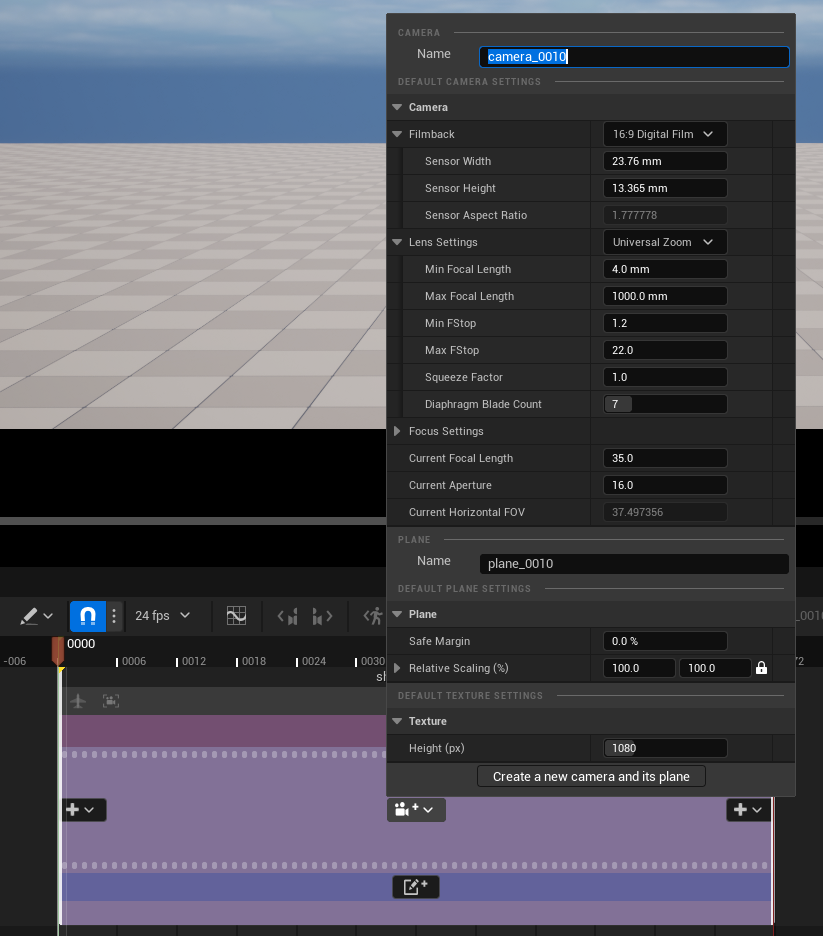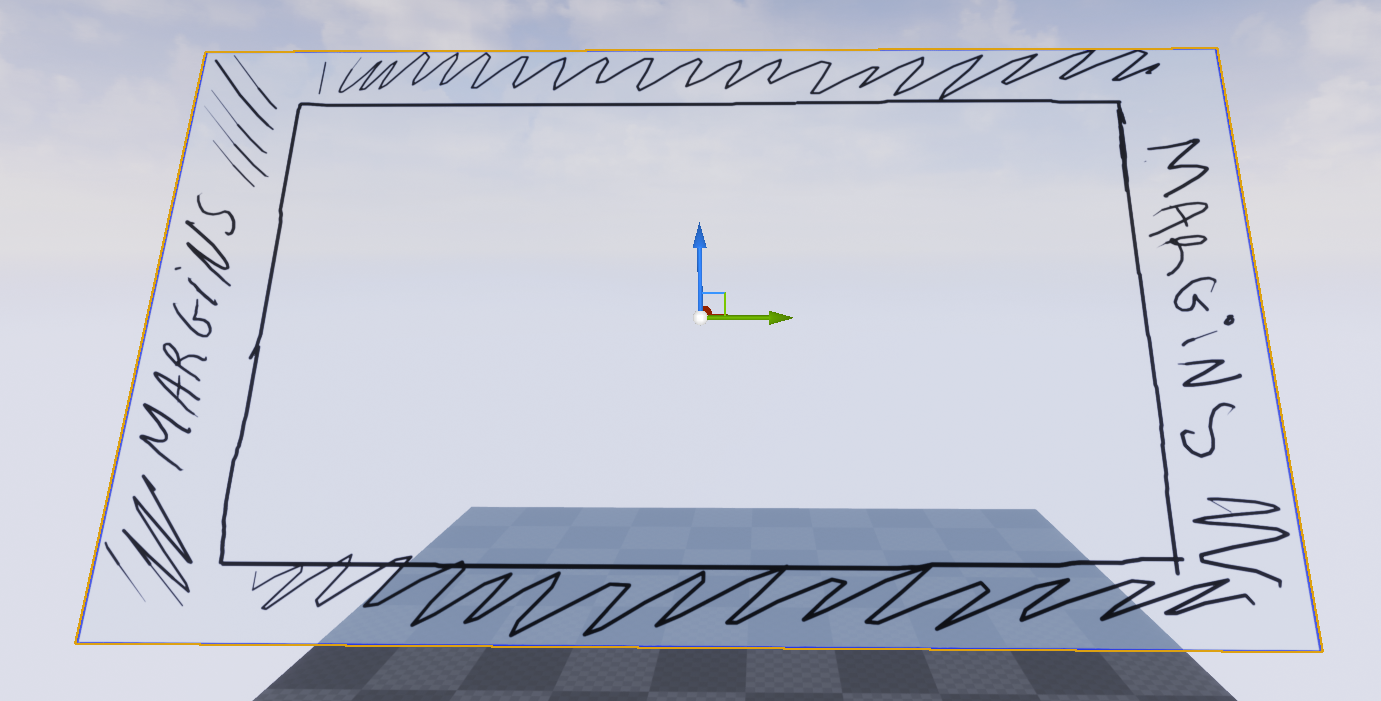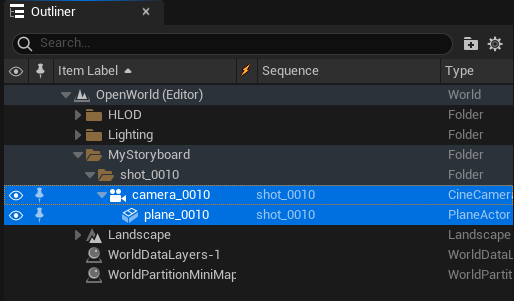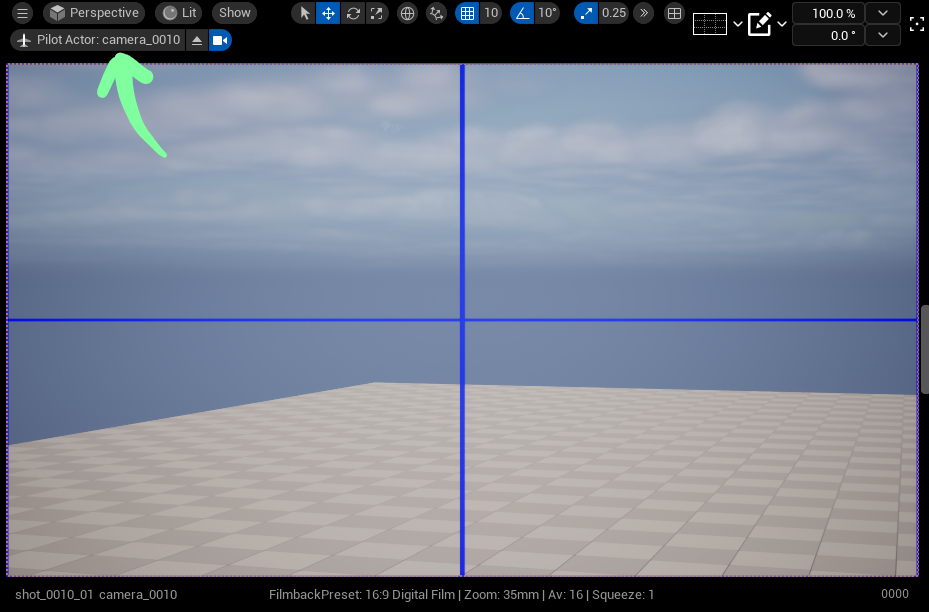Add Camera & Plane¶
Click on the icon below to be displayed a panel to configure your Camera, the Plane and the Texture 2D.

Camera Settings¶
Camera options will allow you to change:
the Film ratio
the Lens Settings (like a real camera)
the Focal Length
the Aperture
Plane Settings¶
By default, Planes will have the same ratio as the camera’s.
The Plane option Margins can be used to add extra margins outside the Camera view : this is very handy, especially if you need to modify the Plane position and size.

The option Relative Scaling will allow you to make the Plane bigger or smaller than the Camera view. You can even unlock the Relative Scaling to have a ratio different from the camera’s.


Texture Settings¶
In the Texture Area, you can change the Texture’s height in pixels. Width will be automatically calculated depending on the Plane’s properties. For instance: with a 16/9 ratio Camera, a Texture with a height of 1080px will have a width of 1920px.
World Outliner¶
After hitting the Camera button, you will add a Plane and a Camera Actor in your Level. Both will be then visible in the panel World Outliner.

Storyboard Viewport and piloting Camera¶
When adding a new Plane + Camera, you will automatically pilot the Camera Actor and move the Plane simultaneously.

The shortcuts used to pilot the camera will be the same as the ones used to move within the Viewport (see this lesson).
When you don’t want to pilot the Camera anymore, click on the Eject button to stop piloting the Camera.
